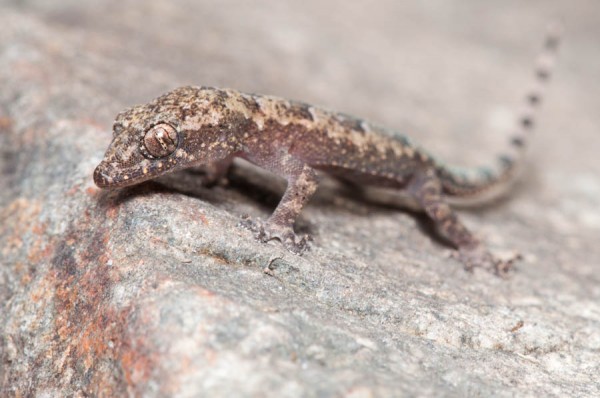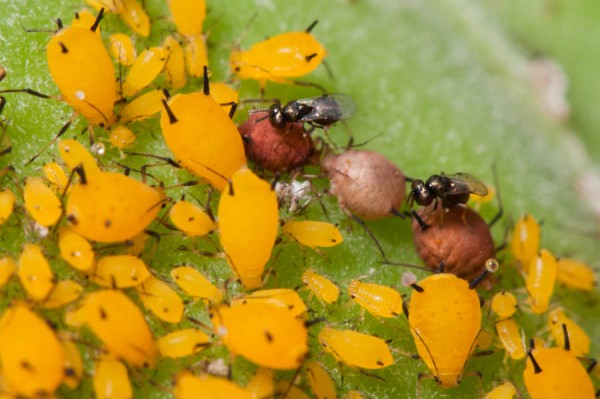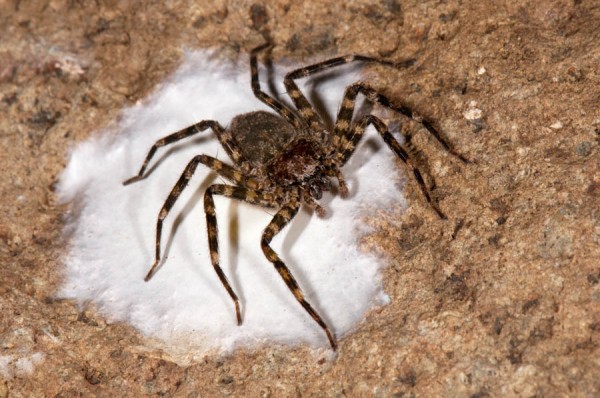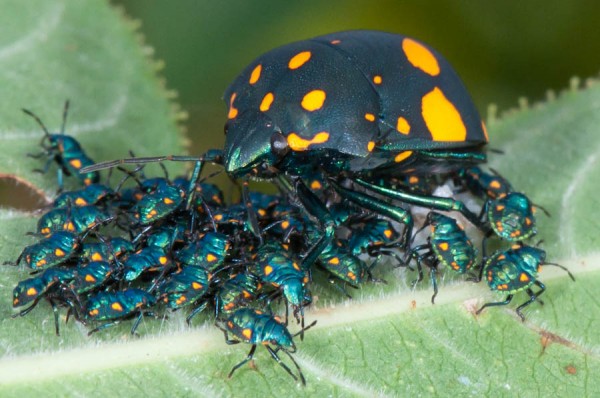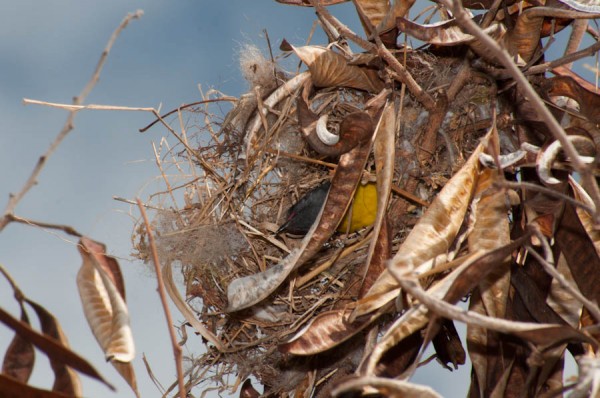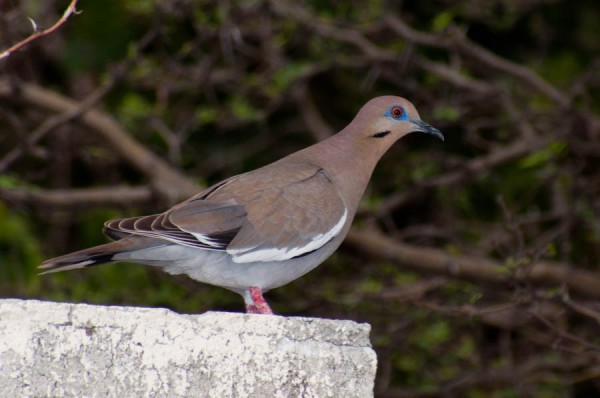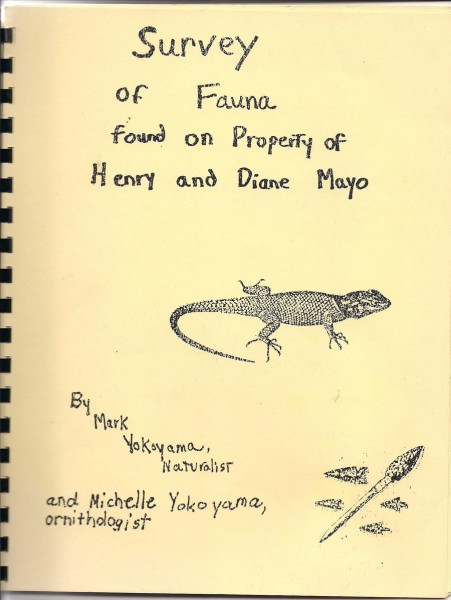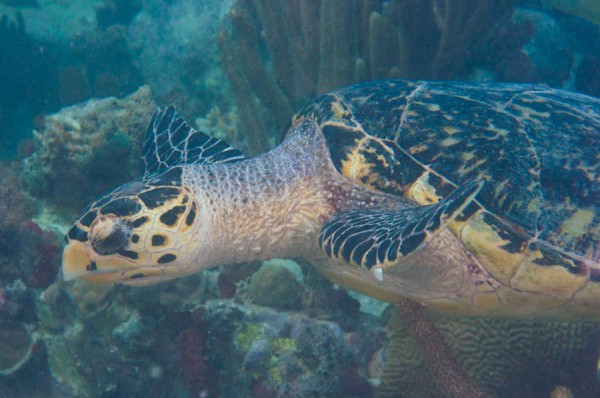Mark Yokoyama, Interesting Person
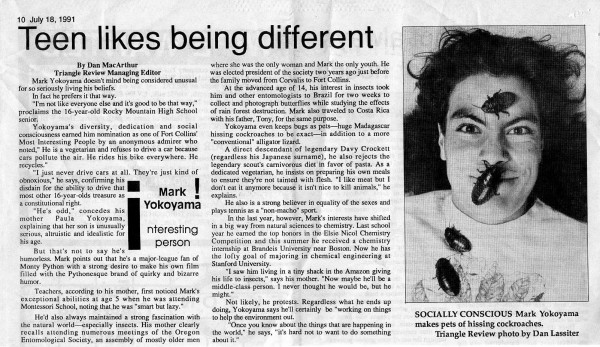
”I saw him living in a tiny shack in the Amazon giving his life to insects,” says his mother. “Now maybe he’ll be a middle-class person. I never thought he would be, but he might.” As it turns out, I live in a tiny apartment in St. Martin giving my life to insects. Maybe not middle-class, but thanks to many […]

